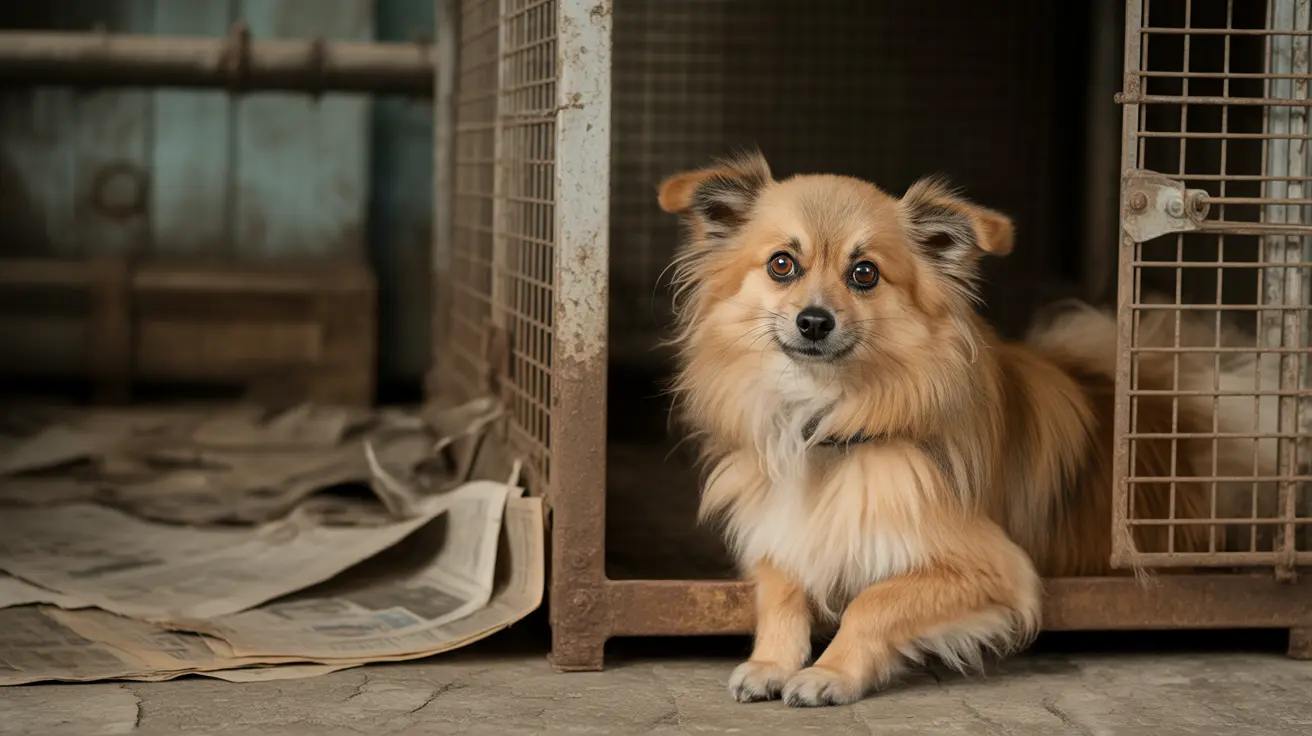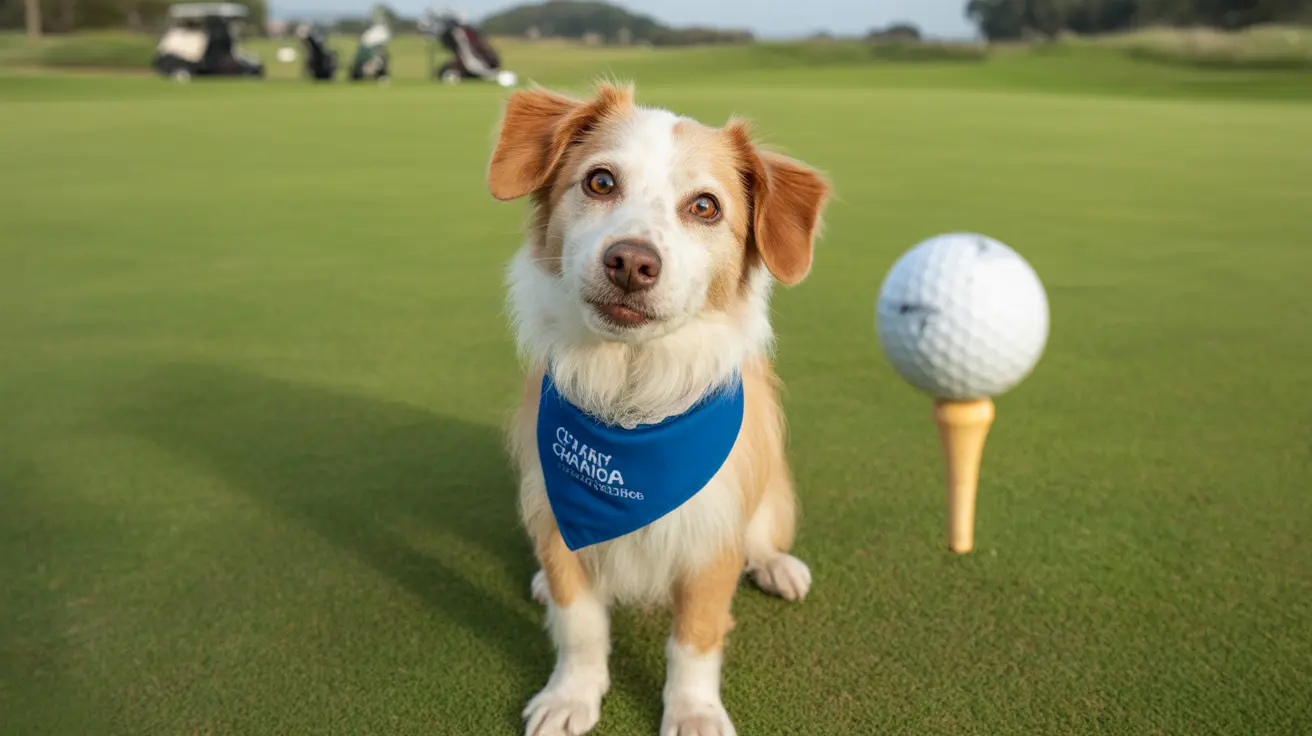Why You Should Never Feed Raw Pork to Your Dog
Feeding your dog a balanced and nutritious diet is one of the most important ways to ensure their long-term health and happiness. While many pet owners are shifting to raw or homemade diets, it's vital to understand which foods are safe and which are dangerous. One meat that experts advise never to feed your dog is
raw pork.
The Danger of Raw Pork
Raw pork poses several risks to canine health, primarily due to potential parasites and harmful bacteria. The most notable risk is Trichinella spiralis, a parasite that can lead to a severe condition called trichinosis.
- Trichinosis: This is a serious parasitic infection that dogs can contract from infected raw pork. Symptoms may include muscle inflammation, pain, fever, and digestive issues.
- Bacterial Contamination: Raw pork may also carry bacteria like Salmonella or Listeria, which can make your dog severely ill and may even pose a risk to humans through cross-contamination.
Cooked Pork - Is It Safe?
While
properly cooked pork can be safe in moderation, it still has limitations:
- Pork is high in fat, which can lead to pancreatitis in dogs when consumed often or in large quantities.
- Seasonings such as garlic, onion, and excessive salt, commonly used in pork dishes, are toxic to dogs.
What About Bacon or Ham?
Bacon and ham are cured pork products that are high in salt and preservatives. These processed meats should also be avoided for dogs due to the high risk of sodium poisoning and digestive upset.
- High Salt Content: Even small amounts can lead to vomiting, diarrhea, excessive thirst, or more severe symptoms like seizures.
- Fat Content: Along with salt, high-fat levels in cured pork can be harmful to your dog’s pancreas.
Symptoms of Pork-Related Illness in Dogs
If your dog accidentally consumes raw pork, watch for signs of distress:
- Vomiting or diarrhea
- Sudden lethargy
- Muscle pain or weakness
- Fever or shivering
- Loss of appetite
If any of these symptoms appear, consult your veterinarian immediately.
What Meats Are Safer for Dogs?
Instead of pork, consider these
safer meat alternatives for your canine companion:
- Chicken: Lean and widely tolerated, especially when boiled and unseasoned.
- Turkey: Another lean option, though avoid feeding skin or bones.
- Beef: High in protein and iron; feed cooked and lean cuts.
- Lamb: A good source of essential amino acids and fats when cooked properly.
- Fish: Rich in omega-3 fatty acids; make sure it’s fully cooked and deboned.
Tips for a Safe Canine Diet
Creating a safe, nutritious diet for your dog is about more than avoiding one specific meat:
- Always cook meat thoroughly to kill parasites and bacteria.
- Avoid adding salt, spices, or sauces to your dog’s food.
- Consult your veterinarian before introducing new meats or switching diets.
- Incorporate other food groups such as safe vegetables and grains to balance nutrition.
Conclusion
While it may seem harmless, feeding your dog
raw pork can pose serious threats to their health due to the risk of parasites and harmful bacteria. Safer alternatives like cooked chicken, turkey, or beef are recommended by veterinarians and pet nutritionists alike. Always prioritize your pet’s health by understanding what’s safe—and what’s not—when it comes to their meals.





